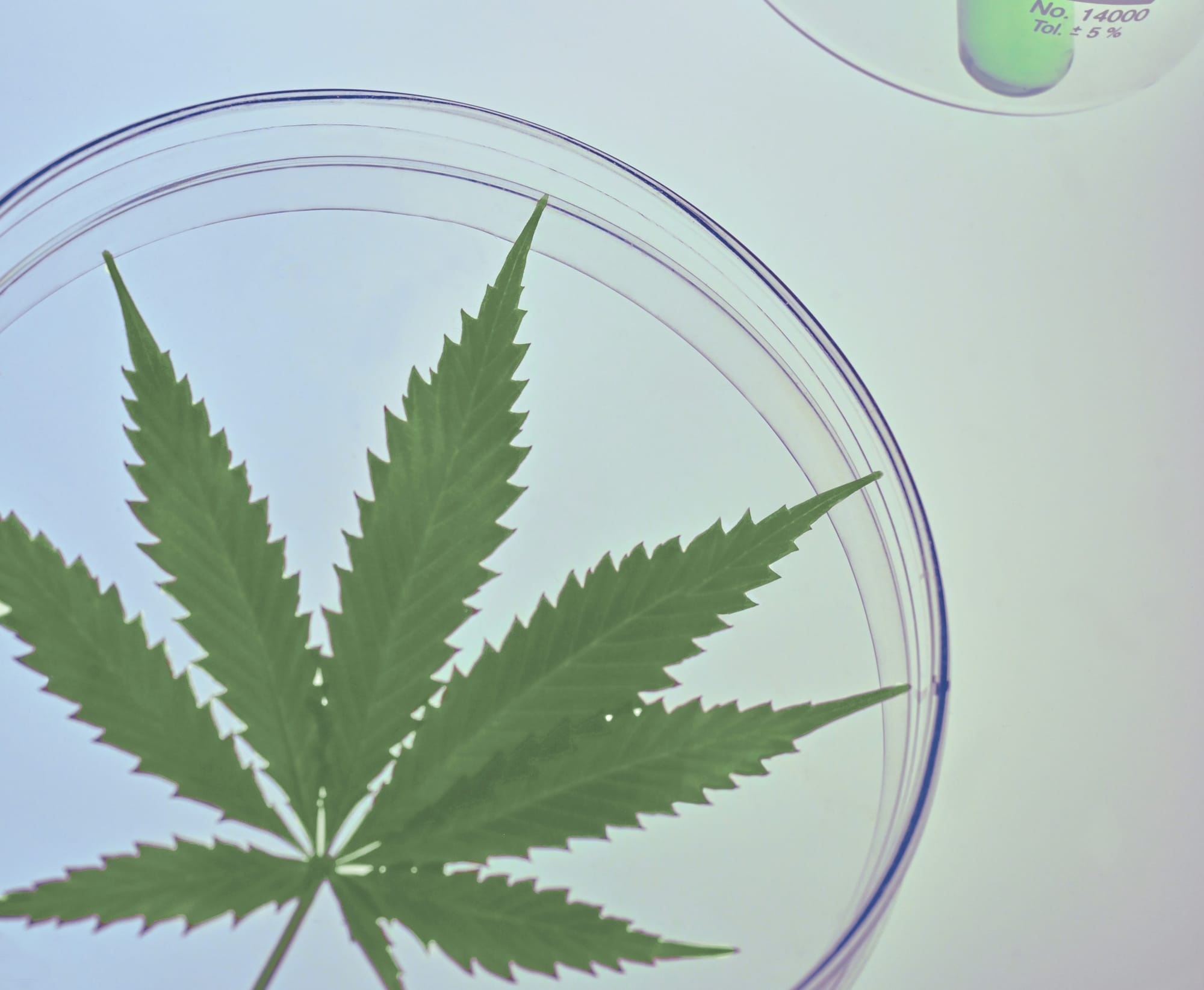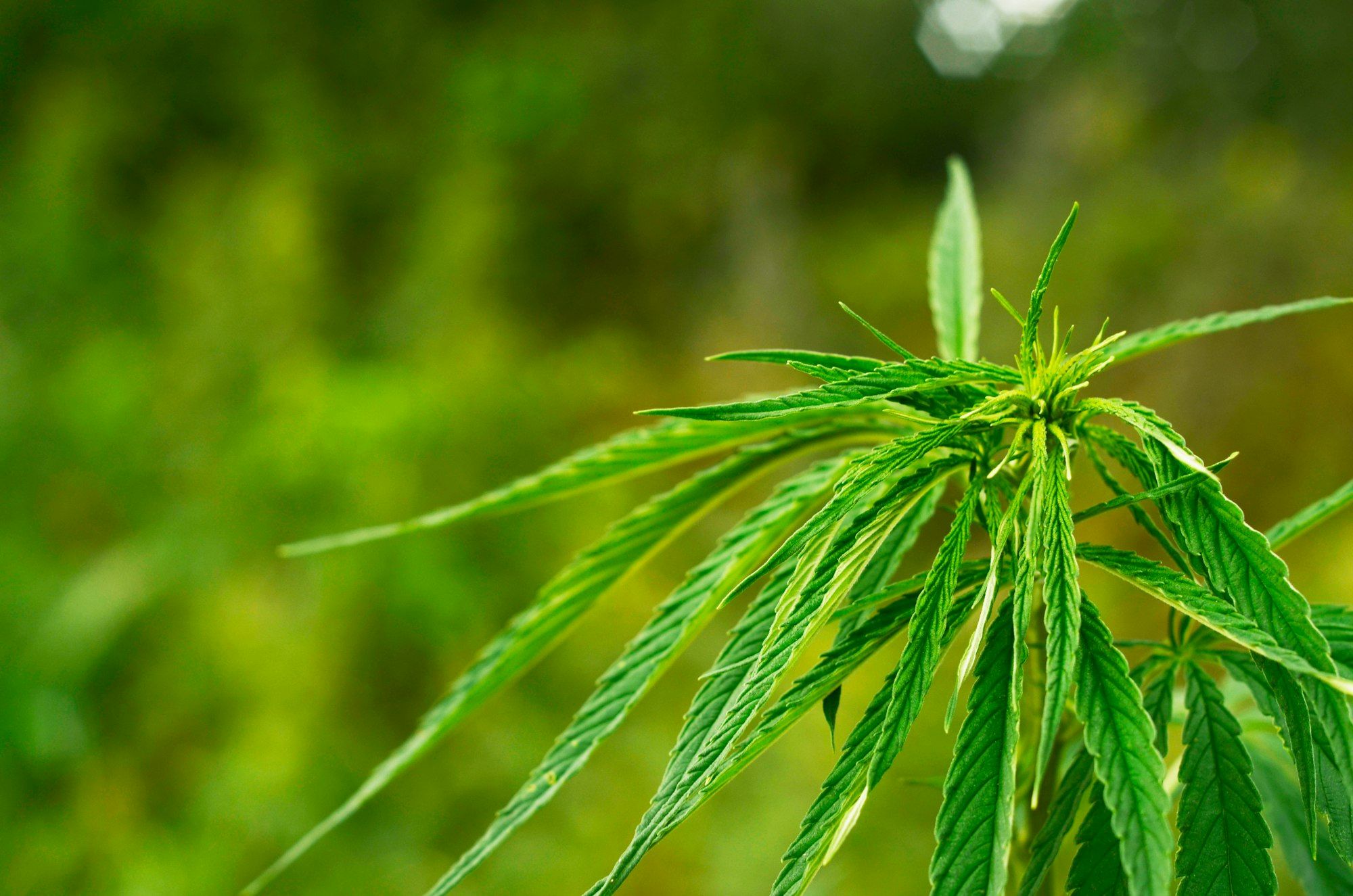Hemp as a crop: Why smoking is pointless
Three metres tall, green and unmistakable – but this hemp is not intoxicating. Instead, it offers plenty of possibilities: from food to packaging. Find out why industrial hemp has so much potential for a sustainable future.

Anyone walking through the fields near Willich on the Lower Rhine will see plants up to three metres tall towering above them in places – lush green, densely grown and with unmistakable, typical leaves.

No wonder that walkers sometimes react with irritation and even call the police. But appearances can be deceiving. This is not a narcotic plant growing here, but industrial hemp.

First things first: anyone who thinks they can smoke these plants will be disappointed. Industrial hemp comes in different varieties and its use is also very different from that of recreational cannabis. The main difference lies in the THC content.
While cannabis grown by cultivation clubs can contain up to 20 per cent THC, industrial hemp contains a maximum of 0.3 per cent. This makes it clear that an intoxicating effect is out of the question.

Agriculture benefits from industrial hemp. Hemp fits well into crop rotation and improves soil structure with its deep roots. This explains why the area under cultivation in North Rhine-Westphalia is growing: in 2023 it was 273 hectares, in 2024 it was already 431 hectares.

In addition, industrial hemp impresses with an astonishing variety of uses:
- Textiles: the fibres are used to make robust, breathable fabrics.
- Food: hemp seeds provide valuable protein and healthy fats.
- Building materials: insulation materials and lightweight composite materials can be produced in a climate-friendly way.
- Paper: packaging made from hemp fibres is sturdy, easy to print on and sustainable.

One example shows how hemp can be used to create regional cycles. Farmer Christian Meyer grows hemp in the Willich area and then supplies it to a company, also based in Willich, which uses it to produce paper for fruit and vegetable packaging. The aim was to create a regional alternative to imported paper from Scandinavia.
Today, boxes are produced that are tear-resistant, wet-resistant and easy to print on. At first glance, they look like conventional packing paper, only the imprint ‘paper made from hemp’ reveals their origin. Such regional production strengthens the local economy and also saves a lot of CO2, which is generated by transport costs for longer delivery routes.

Despite the opportunities which come with industrial hemp, strict regulations are slowing down the development. Every crop must be reported to the Federal Agency for Agriculture and Food, and flowering and harvesting are subject to approval. The THC content is checked regularly. For many farms, this means a high level of bureaucracy, which discourages some farmers from focusing more on the plant.
Additionally, there is also a need to catch up in terms of breeding. Many varieties have remained unchanged for decades. Most of them date back to the 1990s and are hardly adapted to climate change or new applications. Experts are therefore calling for more research and more flexible regulations so that the plant can better develop its potential.

The fields in North Rhine-Westphalia already show how versatile hemp can be – from muesli additives and clothing to sturdy packaging – and what potential it holds for regional production chains. It is not suitable for intoxication. But it offers a real opportunity for sustainable, future-proof agriculture and innovative products.

